20 Of The Best U.S. Museums Where You Can Learn More About Black History
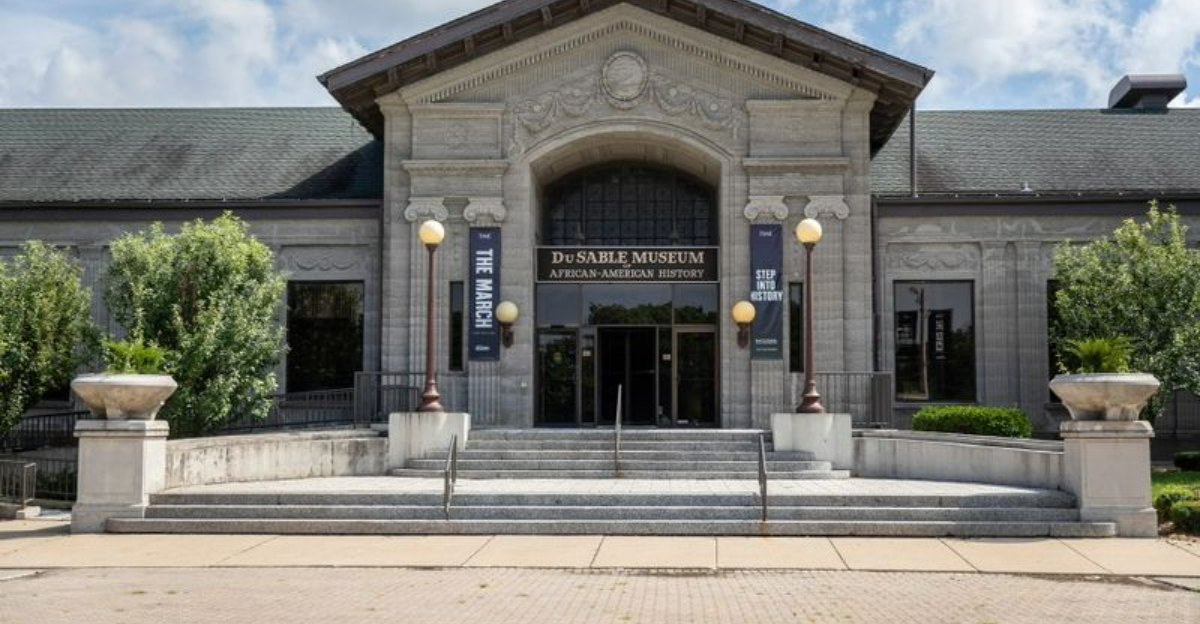
America’s story isn’t complete without understanding the rich contributions, struggles, and triumphs of Black Americans. Across the country, museums preserve these important stories through powerful exhibits, historical artifacts, and interactive experiences.
Whether you’re planning a family trip or just want to deepen your knowledge, these incredible museums offer windows into the Black American experience that shaped our nation’s history and continues to influence our future.
1. National Museum of African American History and Culture
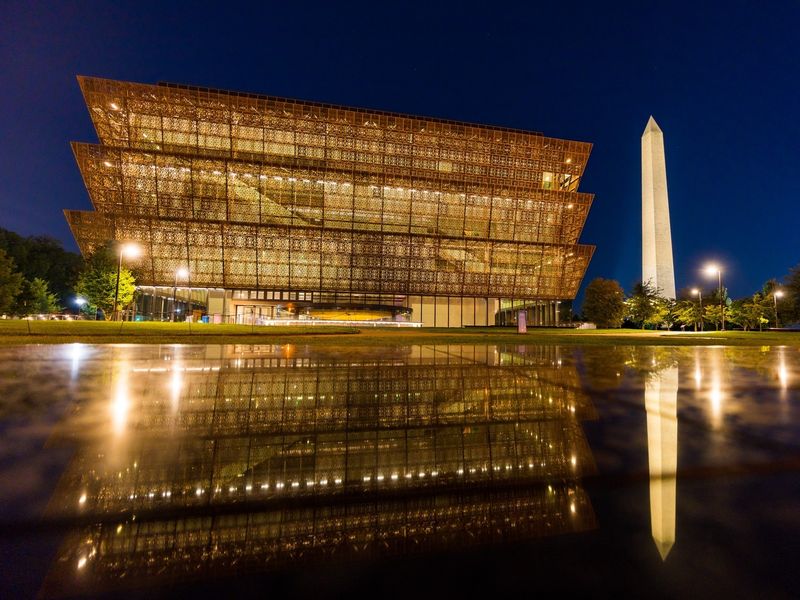
Standing proudly on the National Mall in Washington, D.C., this Smithsonian museum opened in 2016 after decades of planning. The distinctive bronze-colored building houses more than 36,000 artifacts spanning centuries of Black history.
From the horrors of slavery to the triumphs of the Civil Rights Movement and beyond, you’ll find yourself moved by the powerful stories told here. The museum doesn’t shy away from difficult truths.
Make sure to reserve tickets in advance – they’re free but in high demand. Plan to spend at least half a day exploring the exhibits that flow chronologically upward through the building’s unique architecture.
2. The National Civil Rights Museum
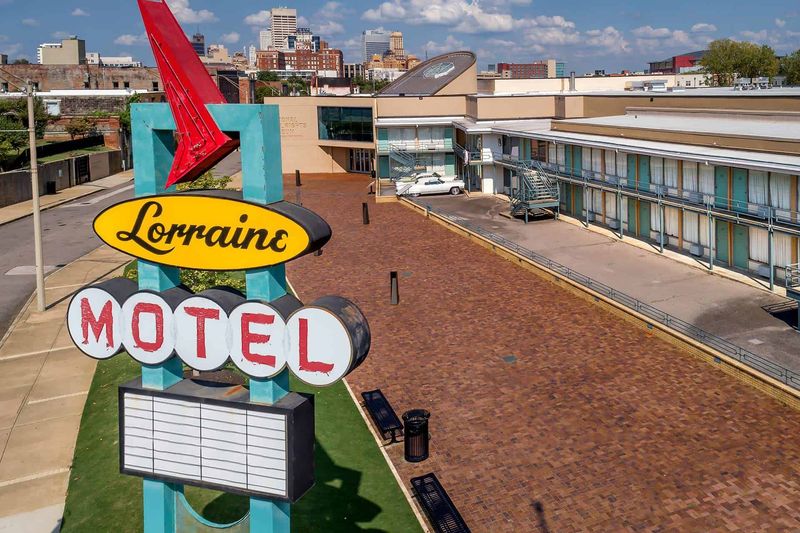
Located at the Lorraine Motel in Memphis where Dr. Martin Luther King Jr. was assassinated, this museum transforms a site of tragedy into a place of education and hope. The preserved motel exterior, including Room 306 where Dr. King spent his final hours, creates an immediate emotional connection.
Walking through the exhibits feels like traveling through time. You’ll see a replica of the Montgomery bus where Rosa Parks took her stand and experience the lunch counter sit-ins through immersive displays.
Visitors often describe feeling changed by their visit here. The museum connects historical struggles directly to contemporary social justice movements, making history feel urgently relevant.
3. The Studio Museum in Harlem
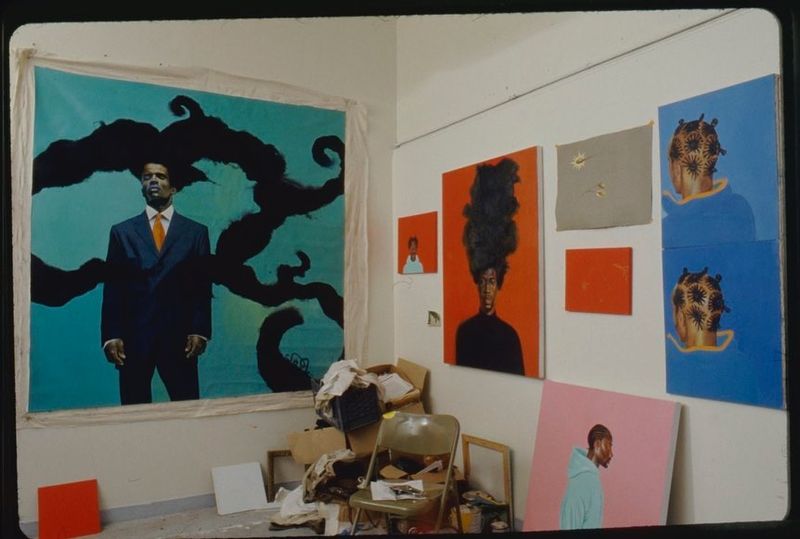
Since 1968, this groundbreaking New York institution has championed Black artists and their stories. While currently in a temporary space during construction of its new building, the museum continues its vital work celebrating artists of African descent.
What makes this place special is its artist-in-residence program that has launched the careers of numerous influential Black artists. You’ll discover works that challenge, inspire, and reflect the diversity of Black experiences.
Beyond exhibitions, the museum hosts community programs, lectures, and performances. Though smaller than some museums on this list, its impact on American art has been enormous, helping transform how Black art is viewed and valued.
4. Charles H. Wright Museum of African American History
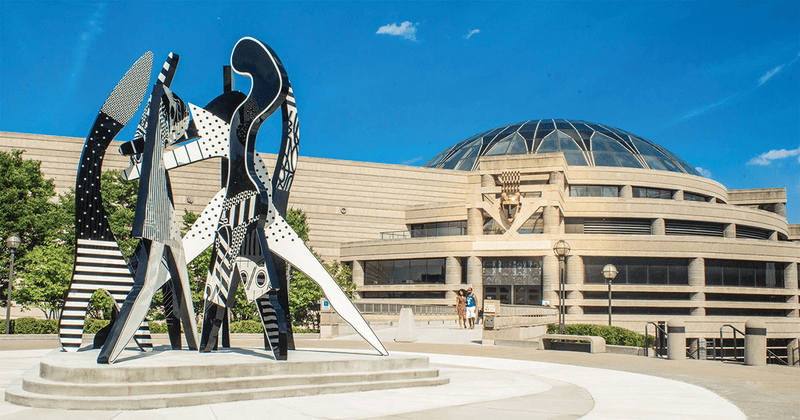
Home to the world’s largest permanent exhibit on African American history, this Detroit gem offers an immersive journey through centuries of Black experience. The museum’s stunning rotunda, with its dramatic dome and African-inspired design, sets the tone for a transformative visit.
“And Still We Rise” takes you from ancient Africa through the Middle Passage, slavery, and into modern times. The life-sized displays make history visceral and immediate for visitors of all ages.
During Black History Month, the museum buzzes with special events, but it’s worth visiting year-round. Detroit’s deep Black history makes this an especially meaningful location for exploring how African American communities have shaped American urban life.
5. Mississippi Civil Rights Museum
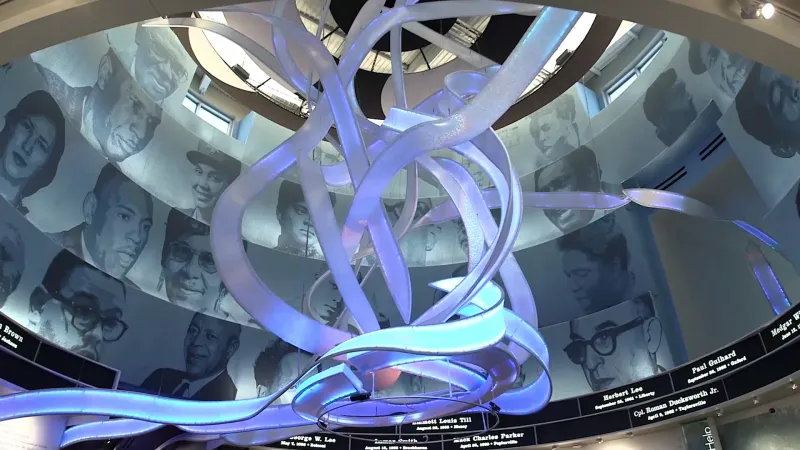
Opened in 2017 in Jackson, this museum confronts the state’s complex and often painful civil rights history with unflinching honesty. Mississippi was ground zero for some of the most significant and violent chapters of the civil rights struggle.
The heart-wrenching exhibits include the stories of Emmett Till, Medgar Evers, and countless unnamed heroes who risked everything for equality. Interactive displays allow you to hear firsthand testimonies from those who lived through these pivotal moments.
A particularly moving feature is the central space with a light sculpture that changes colors while freedom songs play. After exploring difficult history, this space offers a moment for reflection on resilience and the ongoing work toward justice.
6. The DuSable Black History Museum and Education Center
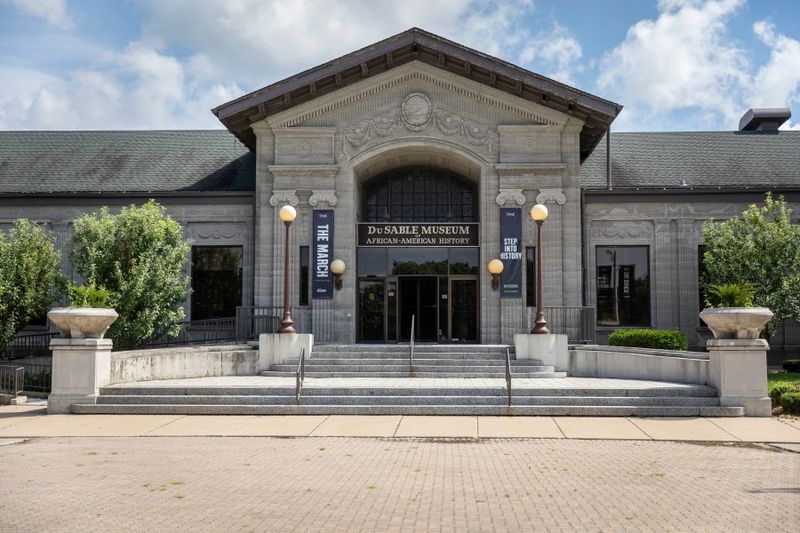
Founded in 1961, Chicago’s DuSable Museum (named for the city’s first non-Indigenous settler, a Black man) holds the distinction of being the nation’s first independent museum dedicated to African American history. Its collection spans from African artifacts to contemporary art.
Kids especially love the interactive exhibits that bring history to life. The Harold Washington Wing celebrates Chicago’s first Black mayor while connecting his story to broader political movements.
Located in historic Washington Park, designed by Frederick Law Olmsted, the museum benefits from its beautiful setting. After exploring the exhibits, you can stroll through the park where many significant civil rights demonstrations took place, creating a fuller historical experience.
7. National Underground Railroad Freedom Center
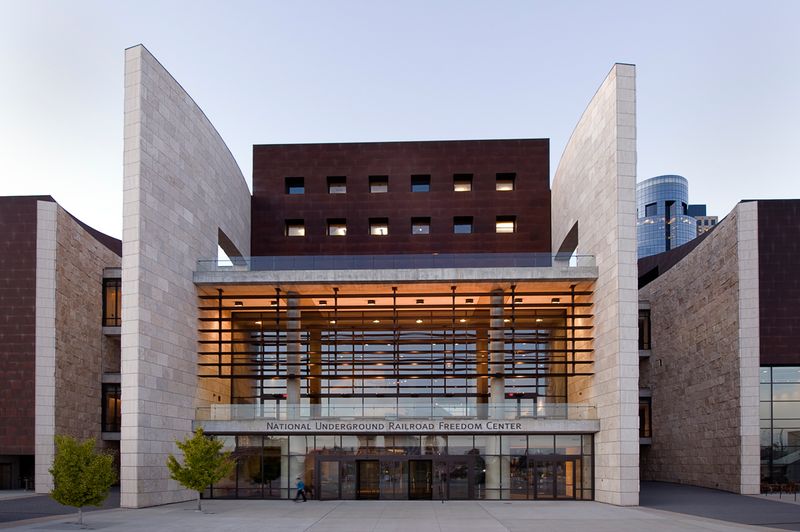
Perched on the banks of the Ohio River in Cincinnati—once the boundary between slavery and freedom—this museum powerfully commemorates the Underground Railroad and broader freedom movements. The location itself tells part of the story, as thousands once looked across this river toward liberty.
Among the most impactful exhibits is a restored slave pen used to hold people before auction. Standing inside this structure creates an emotional connection to history that textbooks simply cannot match.
Beyond historical exhibits, the center actively addresses modern human trafficking and freedom issues. This connection between past and present makes the museum not just a place to learn history, but to consider how its lessons apply to ongoing human rights struggles.
8. Birmingham Civil Rights Institute
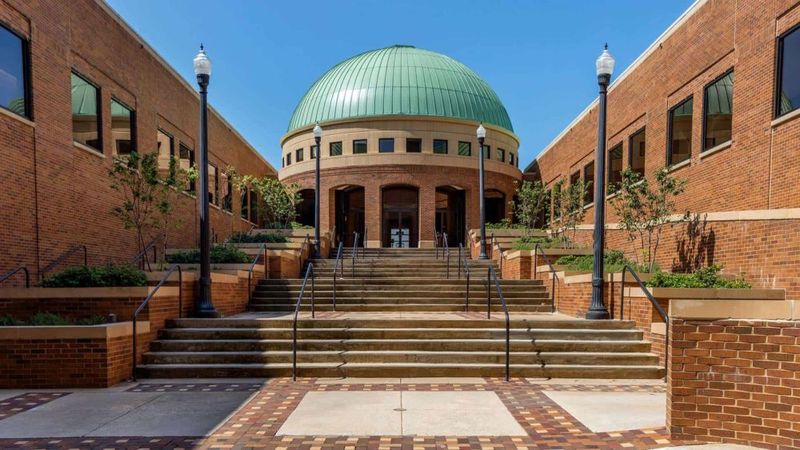
In the city once known as America’s most segregated, this museum stands as a testament to how far we’ve come and how far we still need to go. Birmingham’s pivotal role in the Civil Rights Movement comes alive through compelling exhibits and oral histories.
Walking through a recreation of a segregated city in the 1950s is particularly eye-opening for younger visitors. The stark contrast between “white” and “colored” facilities makes discrimination tangible rather than abstract.
Just across from Kelly Ingram Park, where police turned fire hoses and dogs on peaceful protesters, and the 16th Street Baptist Church, site of a tragic bombing that killed four girls, the museum forms part of a powerful civil rights district that tells the full story of Birmingham’s transformation.
9. California African American Museum
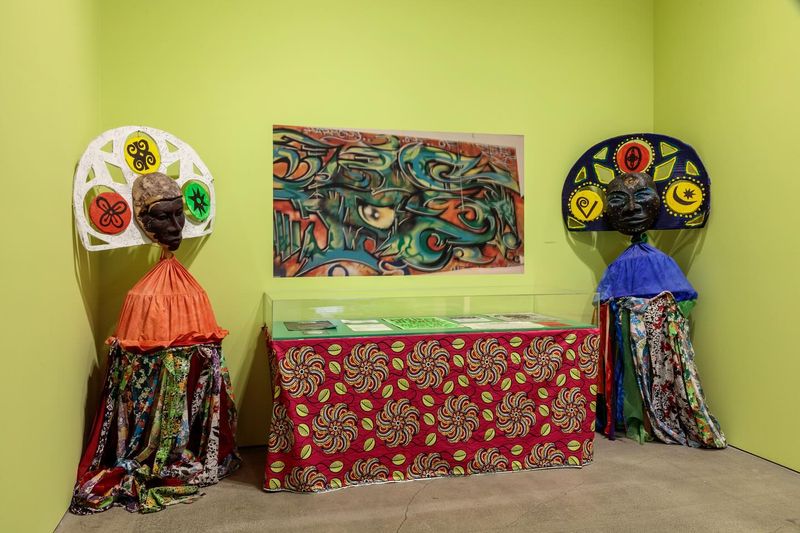
Nestled in Los Angeles’ Exposition Park since 1984, this vibrant museum celebrates the often-overlooked contributions of Black Californians and the broader African American experience. Unlike East Coast museums that often focus on slavery and civil rights, CAAM highlights different aspects of Black history and culture.
The museum’s collection of early California pioneer artifacts reveals how Black Americans helped shape the Golden State from its earliest days. Rotating art exhibitions showcase both established and emerging Black artists.
Free admission makes this cultural gem accessible to everyone. Its location near USC and the Natural History Museum creates an easy opportunity to include it in a day of museum-hopping while exploring the rich diversity of Los Angeles’ cultural institutions.
10. Reginald F. Lewis Museum of Maryland African American History & Culture
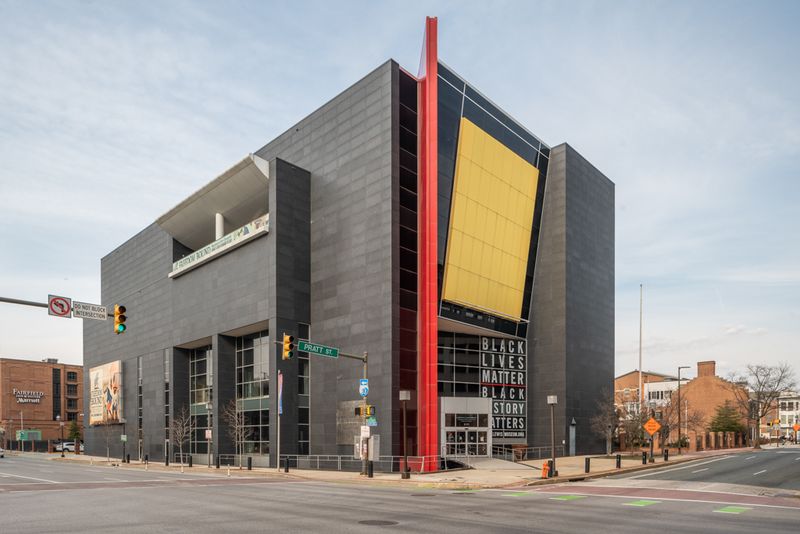
Named after the first African American to build a billion-dollar company, this Baltimore museum celebrates Maryland’s rich Black history through three permanent galleries focused on family, community, and art. The striking red building stands out in the Inner Harbor area.
Maryland’s unique position as a border state created distinctive experiences for its Black residents. You’ll learn about Frederick Douglass, Harriet Tubman, and countless others who called Maryland home.
The museum’s resource center allows visitors to dive deeper into genealogy and local history. If you’re tracing your family roots or just curious about Maryland’s complex relationship with slavery and freedom, the knowledgeable staff can guide your exploration through historical documents and records.
11. The African American Museum in Philadelphia
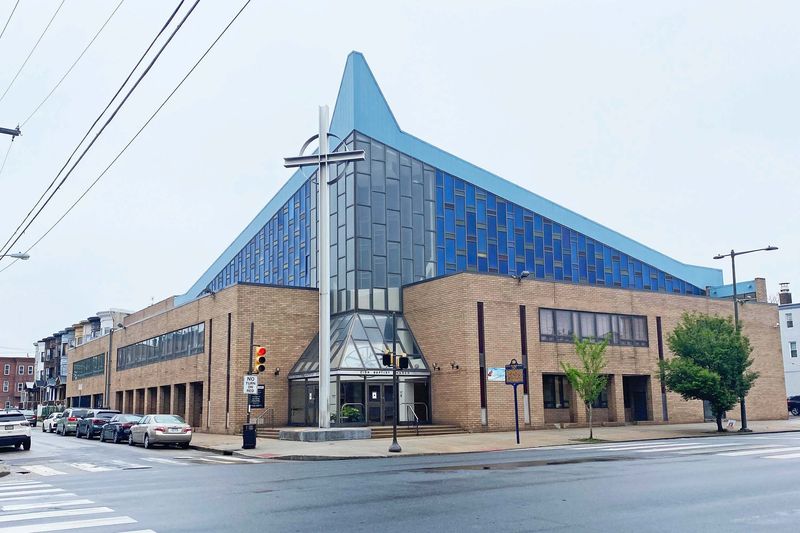
Founded in 1976 during America’s bicentennial celebration, this museum holds the distinction of being the first major museum funded and built by a municipality to preserve and interpret Black culture. Its location in the historic district connects African American stories to the nation’s founding.
Four gallery floors explore Black experiences from Africa through contemporary America. The core exhibit, “Audacious Freedom,” examines the lives of free Blacks in Philadelphia from 1776-1876 through interactive displays.
Given Philadelphia’s significance in early American history and its large free Black population before the Civil War, the museum provides crucial context for understanding how African Americans shaped the young nation. The museum’s oral history collection preserves firsthand accounts that might otherwise be lost to time.
12. Whitney Plantation
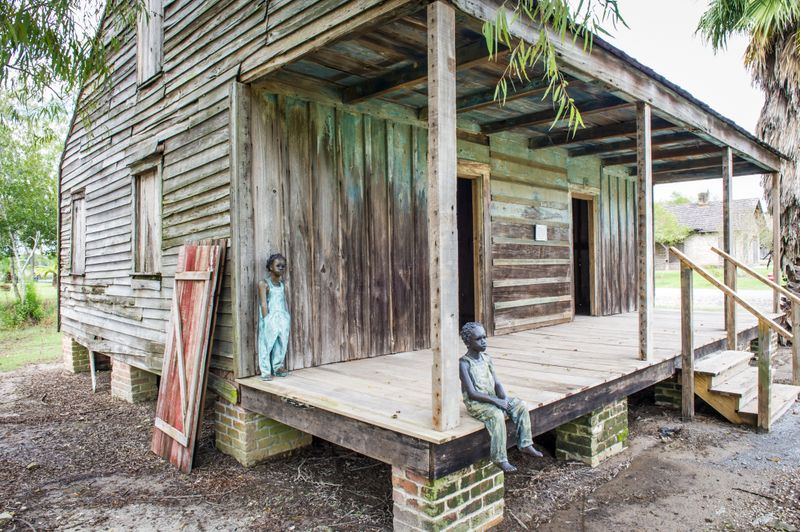
Unlike traditional plantation tours that focus on architecture and the lives of white owners, this Louisiana museum centers the experiences of enslaved people. It’s the only plantation museum with this perspective, making it essential for understanding the brutal reality of slavery.
Memorial sculptures throughout the grounds bear the names and stories of those who were enslaved here. Original slave cabins, a freedmen’s church, and other structures have been meticulously preserved to tell a more complete history.
Located about an hour from New Orleans, the Whitney provides a sobering counterpoint to the city’s celebrations. Guided tours help visitors process the difficult emotions that often arise when confronting this history, creating space for reflection on how slavery’s legacy continues to shape American society.
13. Harvey B. Gantt Center for African-American Arts + Culture
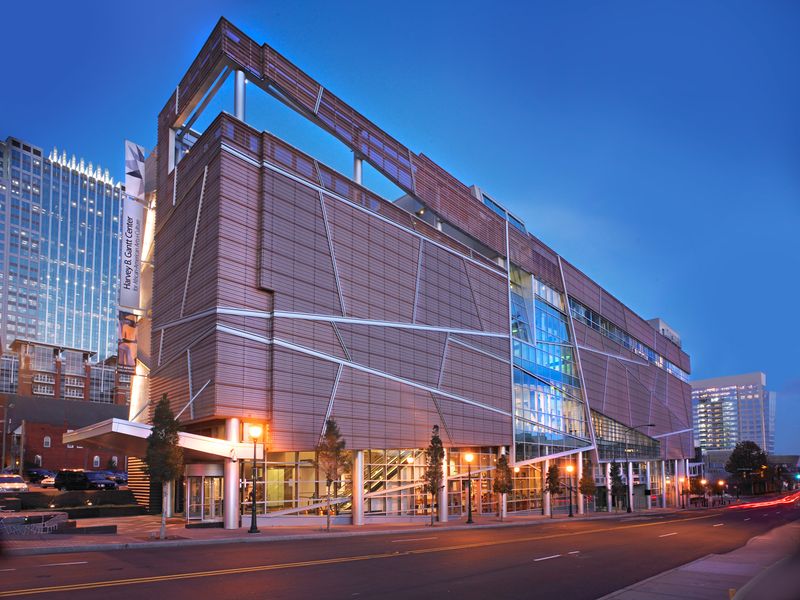
Charlotte’s vibrant cultural hub celebrates the contributions of African Americans to art and culture in the Carolinas and beyond. Named for the city’s first Black mayor, the center’s striking design was inspired by the Myers Street School, once Charlotte’s only public school for Black students.
Rotating exhibitions bring fresh perspectives on Black art, history, and culture. The John & Vivian Hewitt Collection of African-American Art forms the cornerstone of the permanent collection, featuring works by renowned artists like Romare Bearden and Elizabeth Catlett.
As part of Charlotte’s Levine Center for the Arts complex, the Gantt Center benefits from its downtown location. After exploring the exhibits, you can easily visit nearby museums and restaurants, making it perfect for a day of cultural exploration in the Queen City.
14. Amistad Research Center
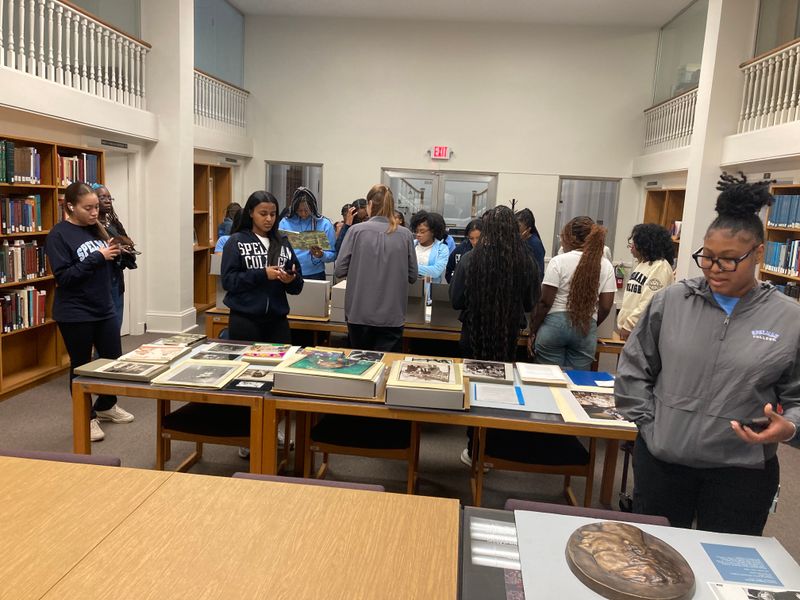
Housed on Tulane University’s campus in New Orleans, this independent research center holds the nation’s largest collection of materials on ethnic and racial history. Though not a traditional museum, its reading room displays rotating exhibits from its vast archives.
Researchers come from around the world to access letters, diaries, photographs, and recordings documenting African American life. The center takes its name from the famous 1839 rebellion aboard the slave ship La Amistad, symbolizing the fight for freedom and justice.
If you’re tracing family history or just curious about original historical documents, the friendly staff will help navigate the collections. Even casual visitors can appreciate seeing items like original manuscripts by Langston Hughes or civil rights correspondence that changed American history.
15. Northwest African American Museum
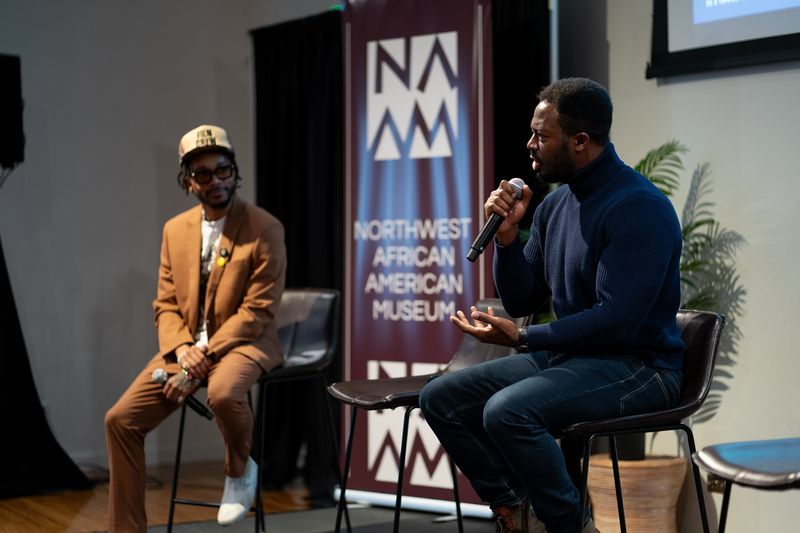
Seattle’s vibrant museum explores the unique experiences of Black Americans in the Pacific Northwest, a perspective often missing from national conversations about African American history. Housed in a former school that once served the city’s Central District, the building itself represents community preservation.
Exhibits highlight how Black pioneers, workers, and artists helped shape the region from the 1800s through today. The museum pays special attention to the Great Migration’s impact on Seattle and the development of the city’s historically Black neighborhoods.
Don’t miss the “Journey Gallery” that traces Pacific Northwest Black history chronologically. After your visit, explore the surrounding Central District, historically the heart of Seattle’s Black community, where you can find Black-owned businesses and cultural landmarks that continue this living history.
16. Buffalo Soldiers National Museum
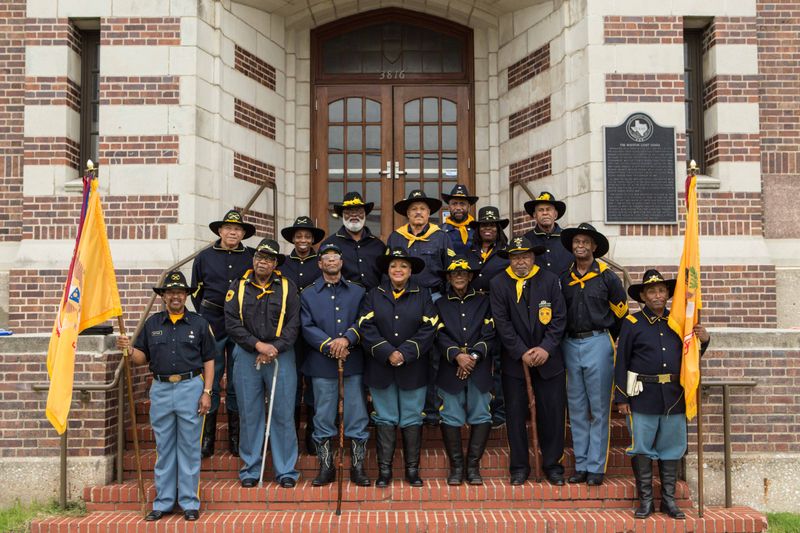
Houston’s tribute to the all-Black military regiments formed after the Civil War preserves the legacy of these often-overlooked American heroes. The museum occupies a historic armory building, creating a fitting atmosphere for its military focus.
Life-sized mannequins in period uniforms help visitors visualize how these soldiers appeared as they patrolled the Western frontier. You’ll learn how Buffalo Soldiers (a name given by Native Americans) not only fought in conflicts but also served as some of America’s first national park rangers.
Beyond the Western frontier period, exhibits extend through both World Wars to modern times. The museum effectively demonstrates how African American military service has been continuous and crucial throughout American history, despite the discrimination these soldiers often faced from the very country they served.
17. International Civil Rights Center & Museum
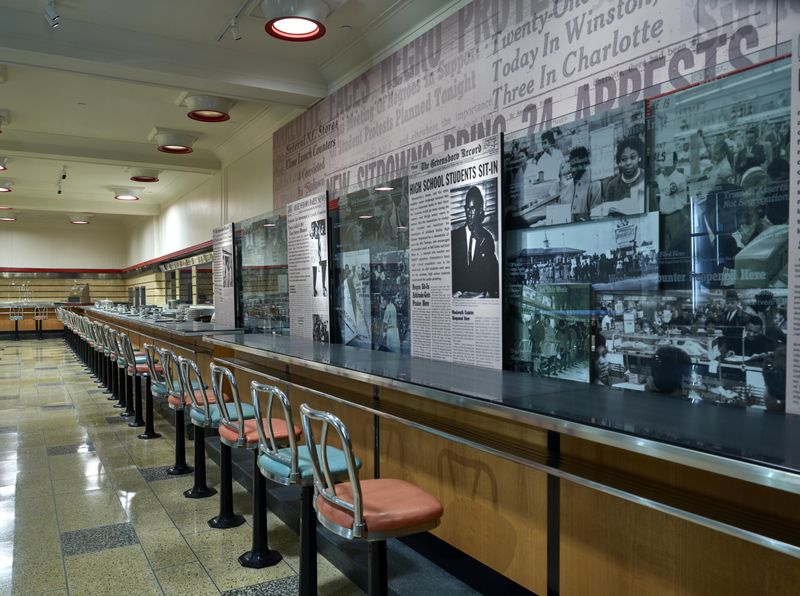
Located in the original Woolworth’s building where the famous 1960 Greensboro sit-ins took place, this North Carolina museum preserves the actual lunch counter where four Black college students sparked a movement. Sitting on the very stools where history happened creates a powerful connection to the past.
Through immersive exhibits, you’ll experience the courage it took to challenge segregation peacefully despite violent opposition. The museum doesn’t sanitize history – exhibits honestly portray the brutality protesters faced.
Beyond the sit-in story, the museum explores broader civil rights history and connects it to global human rights struggles. Guided tours provide context that helps visitors understand how seemingly small acts of courage, like sitting at a lunch counter, can ultimately change laws and transform society.
18. Museum of the African Diaspora
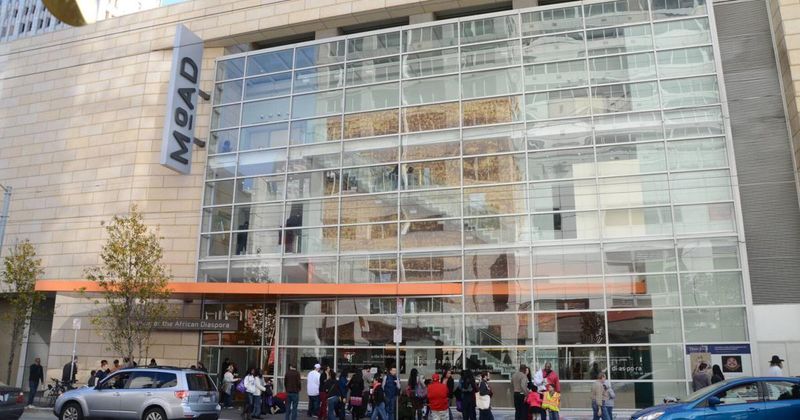
San Francisco’s innovative museum takes a global approach to Black history, examining how African cultures spread worldwide and influenced art, music, food, and philosophy. The contemporary building in the city’s cultural district features a striking three-story photo montage of faces.
Rather than focusing solely on American slavery, MoAD explores the broader dispersal of African peoples and their cultures. Rotating exhibitions frequently feature contemporary artists from Africa and the diaspora, creating dialogues between past and present.
Interactive technology engages visitors of all ages. The museum’s location near other cultural institutions makes it easy to include in a day of downtown exploration. Though smaller than some museums on this list, its unique global perspective provides essential context for understanding the full breadth of Black history and culture.
19. Smithsonian Anacostia Community Museum
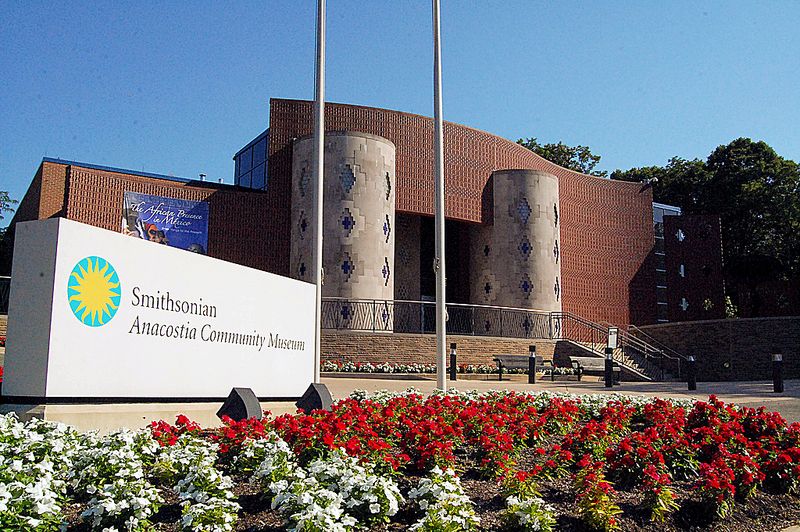
This Washington D.C. museum began in 1967 as a neighborhood museum focusing on African American urban experiences. Unlike larger national museums, its community-based approach creates intimate exhibitions that connect directly to local residents’ lives.
Rotating exhibits often explore how historically Black neighborhoods like Anacostia have evolved, faced challenges, and preserved their cultural heritage. The museum actively collects oral histories from longtime residents, preserving community memories that might otherwise be lost.
A visit here pairs well with exploring the surrounding historic Anacostia neighborhood. Frederick Douglass’s final home, Cedar Hill, is nearby, creating an opportunity to connect museum exhibits to the actual streets and buildings where Black history unfolded in the nation’s capital.
20. America’s Black Holocaust Museum
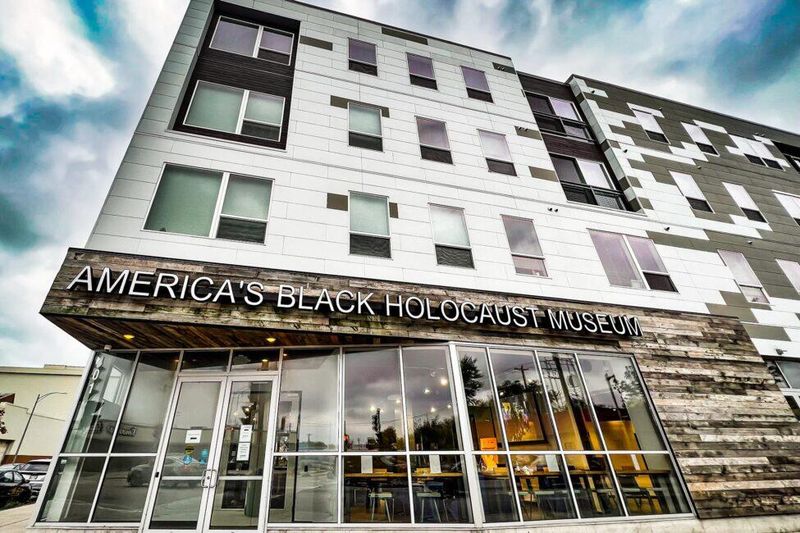
Founded by lynching survivor Dr. James Cameron in Milwaukee, this recently reopened museum confronts America’s history of anti-Black violence while celebrating resistance and resilience. After years operating only virtually, the physical museum returned in 2022 to continue Dr. Cameron’s mission.
Exhibits trace the arc from African civilizations through slavery, Jim Crow, and into the present day. The name deliberately connects American racism to genocide, challenging visitors to confront difficult truths about our history.
Despite addressing painful subjects, the museum ultimately aims to promote healing and reconciliation. The final galleries highlight achievements and ongoing social justice movements, encouraging visitors to consider their own role in building a more equitable future. Its return as a physical space represents the community’s commitment to preserving these crucial stories.
